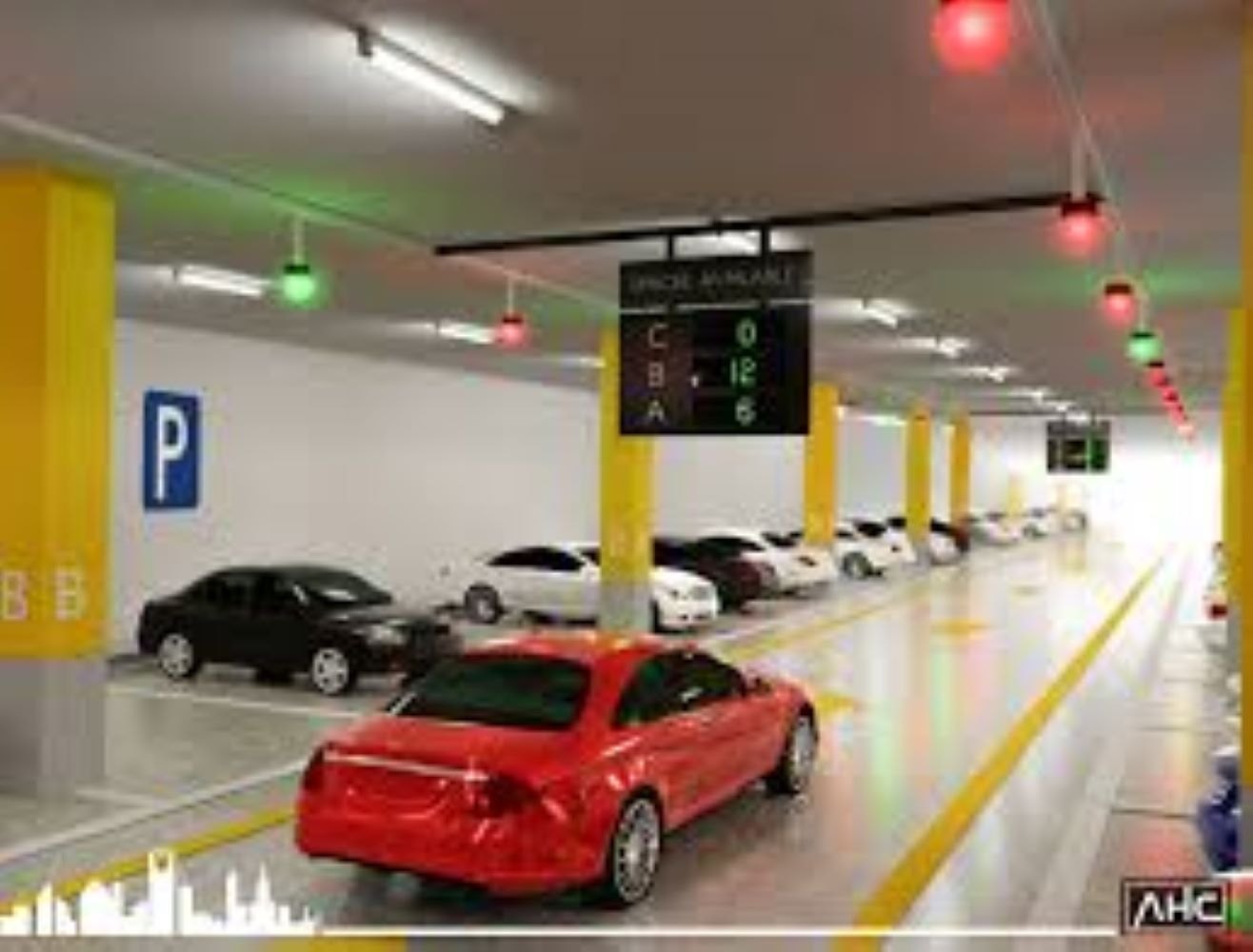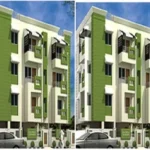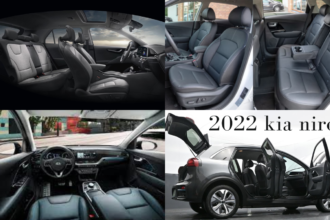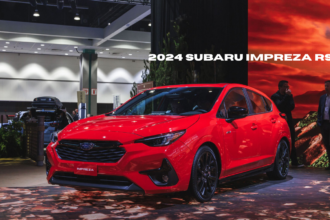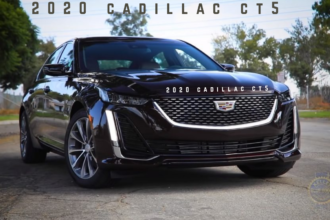In today’s fast-paced urban environment, one of the most frustrating challenges faced by drivers is finding a parking space. Whether in bustling city centers, airports, commercial hubs, or residential complexes, the search for parking often leads to wasted time, fuel, and patience. The global rise in vehicle ownership has only intensified this issue, prompting a need for intelligent, technology-driven solutions.
Enter VRR Parking — a revolutionary approach to modern parking management that combines automation, smart data analytics, and real-time monitoring to deliver seamless parking experiences. As cities evolve into smart ecosystems, VRR Parking is emerging as a cornerstone technology in reshaping how we think about mobility, infrastructure, and convenience.
1. What Is VRR Parking?
VRR Parking stands for Vehicle Recognition and Reservation Parking, a next-generation system that integrates AI-based vehicle recognition technology with digital parking management platforms. It’s designed to automate every step of the parking process — from entry to payment — ensuring efficiency, security, and convenience for both drivers and operators.
At its core, VRR Parking combines license plate recognition (LPR), IoT sensors, machine learning algorithms, and cloud-based reservation systems to provide an all-in-one smart parking experience.
Imagine driving into a parking facility where cameras instantly recognize your vehicle, barriers lift automatically, and your reserved spot guides you through a mobile app — that’s the VRR Parking experience.
2. The Evolution of Parking Systems
To appreciate the impact of VRR Parking, it’s important to understand how parking systems have evolved.
a. Manual Parking Era
In the early days, parking management was entirely manual. Drivers received paper tickets, attendants handled payments, and vehicles were monitored through human supervision. This approach was slow, error-prone, and labor-intensive.
b. Automated Ticketing
The introduction of automatic ticket dispensers and barrier systems brought a degree of automation, but still required physical tickets and manual payments.
c. Smart Card and RFID Systems
RFID (Radio-Frequency Identification) and smart card technologies made access control smoother, reducing physical contact and improving throughput. Yet, they lacked real-time analytics and scalability.
d. Digital and App-Based Systems
With the rise of smartphones, mobile payment apps, and cloud computing, parking began its transformation. Drivers could now book, pay, and navigate parking spaces digitally.
e. The VRR Revolution
VRR Parking represents the next stage — a fully intelligent, data-driven, and self-operating system that eliminates friction. It uses vision-based recognition and predictive algorithms to offer automated access, optimal space allocation, and even dynamic pricing based on demand.
3. How VRR Parking Works
VRR Parking is powered by a fusion of technologies working seamlessly together. The system typically operates through the following components:
a. Vehicle Recognition Technology
Cameras equipped with Automatic Number Plate Recognition (ANPR) or Vehicle Recognition and Registration (VRR) software capture a car’s license plate upon entry. This instantly identifies the vehicle, checks its reservation status, and grants access without the need for a ticket or card.
b. Reservation System
Users can reserve parking spaces in advance through a mobile app or online platform. The system verifies availability, processes payment, and assigns a space. When the vehicle arrives, recognition technology confirms the booking automatically.
c. IoT and Sensor Integration
Smart sensors placed in each parking bay detect vehicle presence and relay data in real time. This enables live occupancy tracking, guiding users to available spots via digital displays or app navigation.
d. Data Management and Analytics
All information — entry times, occupancy rates, and payment history — is stored securely in the cloud. Operators gain insights through dashboards that allow them to optimize capacity, manage pricing, and predict traffic flow patterns.
e. Automated Payment
The entire payment process is digitized. Once a vehicle exits, the system calculates the duration and automatically charges the associated account or mobile wallet. No cash, no tickets, no queues.
f. Security and Surveillance
VRR Parking systems are integrated with advanced surveillance technology. High-definition cameras ensure continuous monitoring, enhancing safety and reducing risks of theft or vandalism.
4. The Advantages of VRR Parking
The benefits of implementing a VRR Parking system are far-reaching — impacting drivers, operators, and urban infrastructure alike.
a. For Drivers
Convenience: No need for tickets, manual payments, or physical access cards.
Time Savings: Real-time guidance reduces search time significantly.
Contactless Experience: Fully automated entry and exit, ideal for hygiene and efficiency.
Reservation Options: Guarantee a space before even starting your journey.
Enhanced Security: Vehicle recognition ensures only registered or authorized vehicles gain access.
b. For Operators
Cost Efficiency: Reduced staffing requirements and streamlined operations.
Data Insights: Access to detailed analytics for decision-making and forecasting.
Revenue Optimization: Dynamic pricing models can increase profitability.
Scalability: Easily expandable across multiple locations.
Improved User Satisfaction: A smoother parking experience increases repeat customers.
c. For Cities
Reduced Congestion: Efficient space allocation and navigation decrease traffic around parking areas.
Environmental Impact: Less idling and circling mean reduced CO₂ emissions.
Urban Efficiency: Integration with smart city platforms enables better traffic management.
Safety and Compliance: Enhanced monitoring deters unauthorized parking and illegal activities.
5. The Technology Behind VRR Parking
1. Artificial Intelligence (AI)
AI plays a central role in analyzing visual data, predicting occupancy, and automating decisions. AI algorithms recognize vehicles, identify license plates, and even detect anomalies like overstays or improper parking.
2. Internet of Things (IoT)
IoT sensors track real-time vehicle movement and space availability. These sensors communicate with central systems via wireless networks, providing accurate, continuous data streams.
3. Cloud Computing
Cloud infrastructure ensures scalability and reliability. Data from thousands of vehicles and parking bays is stored, processed, and analyzed remotely — allowing for seamless operations and easy access from anywhere.
4. Mobile and Web Applications
User-facing apps allow for reservations, payments, and navigation assistance. Operator dashboards provide control and oversight of all facilities from a single interface.
5. Machine Learning (ML)
ML models analyze historical data to predict peak times, customer patterns, and seasonal trends. This enables dynamic pricing and efficient management of limited resources.
6. Edge Computing
In high-traffic environments like airports or stadiums, edge computing ensures data is processed locally for ultra-fast response times — minimizing latency and improving performance.
6. Applications of VRR Parking Across Industries
VRR Parking is highly adaptable, making it suitable for diverse environments:
a. Airports
Airports face high vehicle turnover and demand for seamless entry and exit. VRR Parking automates long-term and short-term parking management, offering passengers stress-free travel experiences.
b. Shopping Malls
Malls benefit from faster customer flow and integrated loyalty systems. Shoppers can pre-book parking, while mall owners collect valuable data on visitor trends.
c. Residential Complexes
In gated communities, VRR Parking ensures residents and guests enjoy secure, hassle-free access. Vehicle recognition reduces manual checks by security personnel.
d. Corporate Campuses
Companies can streamline employee parking with automated access control and digital permits. Analytics help manage space usage effectively.
e. Hospitals
Hospitals require quick, reliable parking for patients and staff. VRR systems help reduce waiting times and direct visitors efficiently.
f. Smart Cities
Municipalities can integrate VRR Parking into urban mobility networks, supporting traffic flow optimization and sustainability initiatives.
7. Case Example: The Smart City Integration Concept
Imagine a smart city deploying VRR Parking across its downtown area. Each parking zone is equipped with cameras and IoT sensors connected to a unified digital platform. Drivers use a mobile app to locate, reserve, and pay for spaces. As they approach, the system recognizes the vehicle, opens the gate, and guides the driver to the exact spot using navigation prompts.
The city benefits from real-time data on parking availability, congestion levels, and occupancy trends. Authorities can use this information to adjust traffic signals, update digital signage, or even implement congestion pricing strategies.
The result? Reduced traffic, lower emissions, better urban mobility, and happier citizens.
8. Economic and Environmental Impact
a. Economic Benefits
Implementing VRR Parking increases operational efficiency and reduces costs for facility owners. Dynamic pricing ensures spaces are optimally monetized — charging more during peak times and less during off-hours. Additionally, by reducing staffing needs and paper ticketing, facilities save significantly on overhead.
b. Environmental Advantages
One of the hidden costs of traditional parking systems is emissions from idling and searching. Studies show that up to 30% of urban traffic congestion is caused by drivers hunting for parking. VRR Parking drastically cuts this by providing precise guidance and quicker access. The result is lower fuel consumption and cleaner air — aligning with sustainability goals worldwide.
9. Challenges and Considerations
Despite its transformative potential, VRR Parking comes with challenges that require careful planning and ethical implementation.
a. Data Privacy
As the system relies on license plate recognition and cloud storage, ensuring user privacy and data protection is paramount. Robust encryption and GDPR-compliant policies are essential.
b. Installation Costs
Initial setup, including cameras, sensors, and software integration, can be costly. However, long-term operational savings usually outweigh these investments.
c. Technical Maintenance
Continuous calibration of cameras and sensors is necessary for accuracy. Regular maintenance ensures reliability, especially in harsh weather conditions.
d. Integration Complexity
Integrating VRR Parking with existing infrastructure or third-party systems can pose technical challenges, requiring expert engineering and planning.
e. User Adaptation
Some users may initially find fully automated systems unfamiliar. Education and intuitive user interfaces help ease the transition.
10. The Future of VRR Parking
As smart cities and autonomous vehicles become realities, the role of VRR Parking will grow exponentially. Future developments include:
1. Integration with Autonomous Vehicles
Autonomous cars will rely on systems like VRR Parking to locate, reserve, and dock automatically without human intervention.
2. Predictive Parking
Machine learning will enable systems to forecast parking demand hours or days in advance, helping operators allocate resources dynamically.
3. Renewable Energy Integration
Solar-powered sensors and EV charging stations will make VRR Parking facilities more sustainable.
4. Blockchain Payments
Secure, decentralized payment systems could enhance transparency and prevent fraud.
5. Smart Mobility Networks
VRR Parking will become a key component of connected mobility — linking with ride-sharing, public transit, and micromobility platforms to create seamless urban transport ecosystems.
11. Why Businesses Should Adopt VRR Parking
For commercial and public entities alike, the benefits of adopting VRR Parking are undeniable:
Customer Experience: Quick, stress-free, and digital-first.
Revenue Growth: Maximized space utilization through data insights.
Brand Image: Aligns with innovation, sustainability, and smart infrastructure.
Future Readiness: Prepares organizations for the coming wave of intelligent mobility systems.
In essence, VRR Parking is not just a technology — it’s a strategic investment in the future of urban efficiency.
12. Humanizing the Parking Experience
At first glance, parking might seem like a purely logistical problem. But VRR Parking brings a human-centered design philosophy. By reducing stress, saving time, and enhancing safety, it contributes directly to a better quality of life for urban dwellers.
When drivers no longer have to circle endlessly for a space or wait in queues to pay, the entire commuting experience becomes smoother. This isn’t just about convenience — it’s about creating cities where technology works quietly in the background to make everyday life easier.
Conclusion: Driving Toward a Smarter Tomorrow
The parking space may seem mundane, but in the broader landscape of urban innovation, it represents one of the most critical opportunities for transformation. VRR Parking stands at the forefront of that revolution, merging artificial intelligence, automation, and data-driven insights to reshape how vehicles interact with urban spaces.
From minimizing congestion to enhancing sustainability, from improving user experience to boosting profitability for operators, VRR Parking delivers value across the board. It’s not just a parking solution — it’s a vision of intelligent infrastructure that anticipates human needs before they’re even expressed.
As cities grow smarter and vehicles grow more autonomous, the seamless, secure, and sustainable systems enabled by VRR Parking will no longer be luxuries — they’ll be necessities.
The future of parking is here, and it’s not just smarter.
It’s VRR Parking — efficient, intelligent, and ready to drive us into a more connected world.
